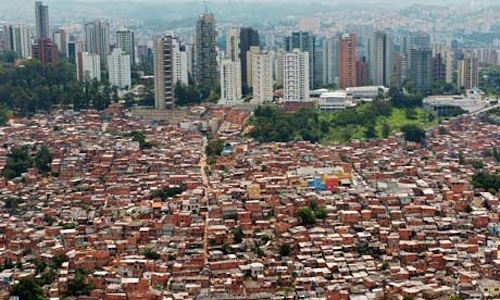Wrote a little about the growth in income inequality across the 50 states from 1979 to 2012 last week, and now here’s more, via CityLab. Check out this chart:
Essentially, the states with the lowest real inequality — as measured by Gini — also seem to be the states that have the best view of living there (of course, I’m talking about the people within the states). There were only two states in the entire U.S. who were ranked in the bottom 10 for places to live but the top 25 for real inequality, those being Maryland and Missouri. The only place in the top 10 for places with a high amount of inequality is Texas, and as we know, Texas has jobs. The data on top 10/bottom 10 places to live comes from this Gallup poll, which again underscores how great Utah is.
On the inequality front, this is worth noting: since World War II, the only periods where inequality measures got better involved the capital-per-labor figure (economists love it) rising. Here is why that’s a problem: 2014 could be the fifth straight year with no growth in capital-per-worker. That would be unprecedented, as was the decline of capital-per-worker in 2011 and 2012; when that happened, it was the first time since 1987 that the Bureau of Labor Statistics had seen that (and that’s when they started tracking that data).
At the same time, corporate cash on hand has increased about 70 percent over the past half-decade, but a lot of that seems to be going to buybacks and dividends. We may certainly have a problem here; since it will take a good deal to reverse the corporate cultures inherent in some of these factors, the question that could emerge from all this is a bit simpler: could this drastically reshape where people choose to live and settle? I mean, to be blunt, if your family and friends are in San Francisco but you’d have to be a pauper to live there, is it ultimately worth it?

